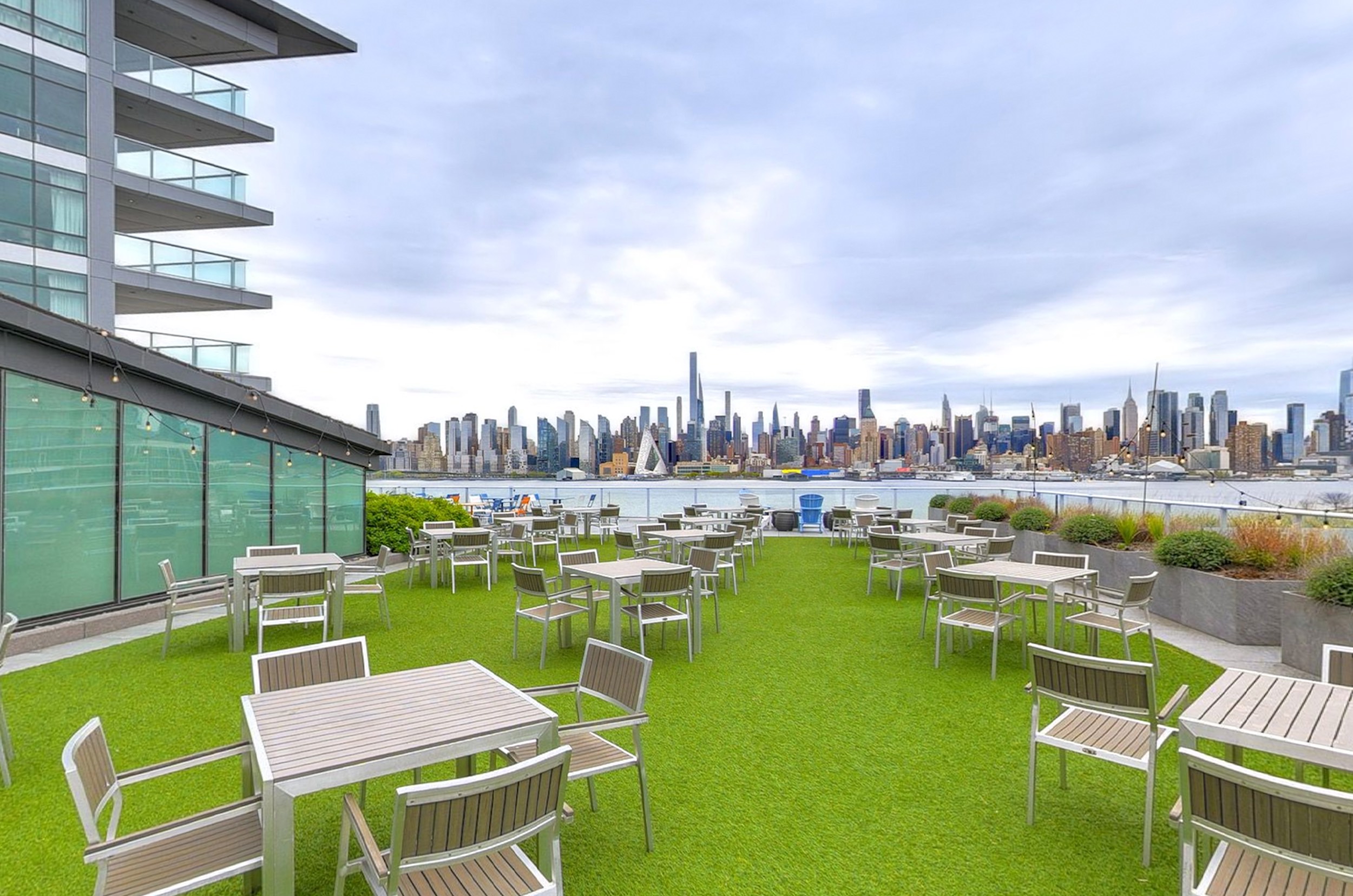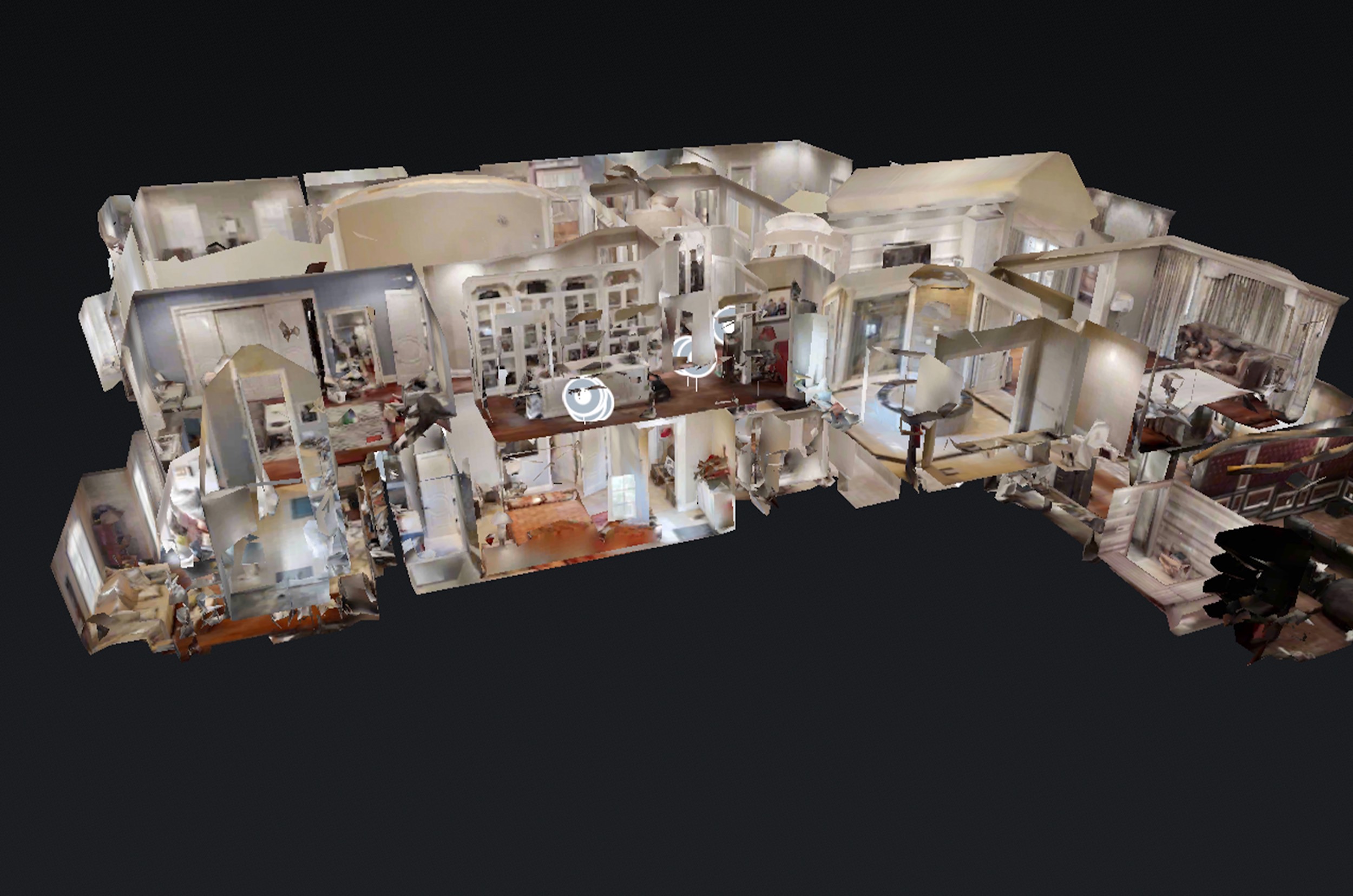In the fast-evolving world of real estate, technology continues to push the boundaries of how we showcase, sell, and lease properties. Amongst the most groundbreaking advancements is the use of 360 virtual tours, especially in the industrial sector, including warehouses. This dynamic tool not only enhances the visual appeal of a property but also streamlines the decision-making process for potential buyers and lessees. In this blog, we explore fresh, innovative ways that 360 virtual tours are transforming the warehouse real estate market, offering unique insights and practical advice for leveraging this technology to its fullest potential.
The Seamless Integration of Technology and Real Estate: 360 virtual tours represent more than just an aesthetic upgrade to property listings. They provide a comprehensive view of a warehouse’s layout, size, and features, all without requiring the viewer to be physically present. This is particularly advantageous in today’s global market, where investors or tenants might not be locally available to tour a site. By offering a virtual walk-through, companies can expand their reach to a wider audience, ensuring that geographical boundaries do not hinder business opportunities.
Enhancing Transparency and Building Trust: One of the lesser-discussed benefits of 360 virtual tours is the level of transparency they introduce. Prospective clients can view every nook and cranny of the warehouse, which helps in building trust—a crucial element in any real estate transaction. This detailed preview ensures there are no surprises, facilitating smoother negotiations and fostering a sense of goodwill between property managers and clients.
Tailored Experiences for Potential Clients: Advanced features in 360 virtual tours allow for customization that can cater to the specific needs of potential lessees or buyers. For instance, interactive elements can be integrated to show potential modifications or upgrades in the warehouse, such as changes in shelving systems, additions of office spaces, or enhancements in lighting and safety features. This not only helps in visualizing the space according to their specific operational needs but also assists in planning ahead for the future.
Boosting Marketing Strategies with Data-Driven Insights: Integrating 360 virtual tours into your marketing strategy is more than just about visuals. These tours can be equipped with analytics tools that provide valuable data on viewer engagement and behavior patterns. Understanding which features attract more attention or where viewers spend most of their time can help sellers and leasers tailor their pitches and improve the property to better meet market demands.
Reducing Time and Costs: The traditional process of selling or leasing a warehouse involves numerous in-person tours, each requiring time and coordination. With 360 virtual tours, the number of physical visits can be significantly reduced, as potential clients get a thorough preliminary viewing online. This not only cuts down on the time spent by sales teams in conducting tours but also reduces travel and related costs, making the whole process more efficient and environmentally friendly.
Conclusion: The adoption of 360 virtual tours in the marketing and sale of warehouse properties is not just a trend but a significant evolution in the real estate industry. By offering a detailed, interactive, and accessible view of properties, these virtual tours help bridge the gap between sellers and a global clientele, enhance operational efficiency, and foster a transparent, trust-filled market environment. For businesses looking to stay ahead in the competitive real estate landscape, integrating 360 virtual tours is a smart, forward-thinking move that could redefine success in commercial property dealings. Whether you’re a seasoned real estate mogul or a newcomer to the industrial sector, embracing this technology could catapult your property listings into a new realm of engagement and effectiveness.







